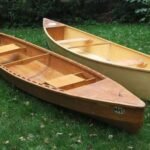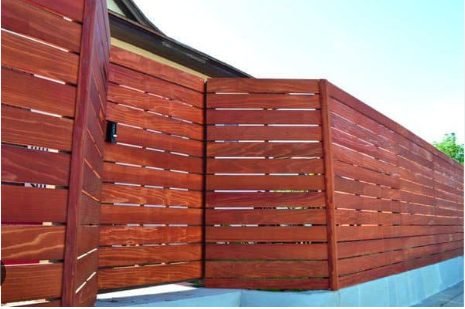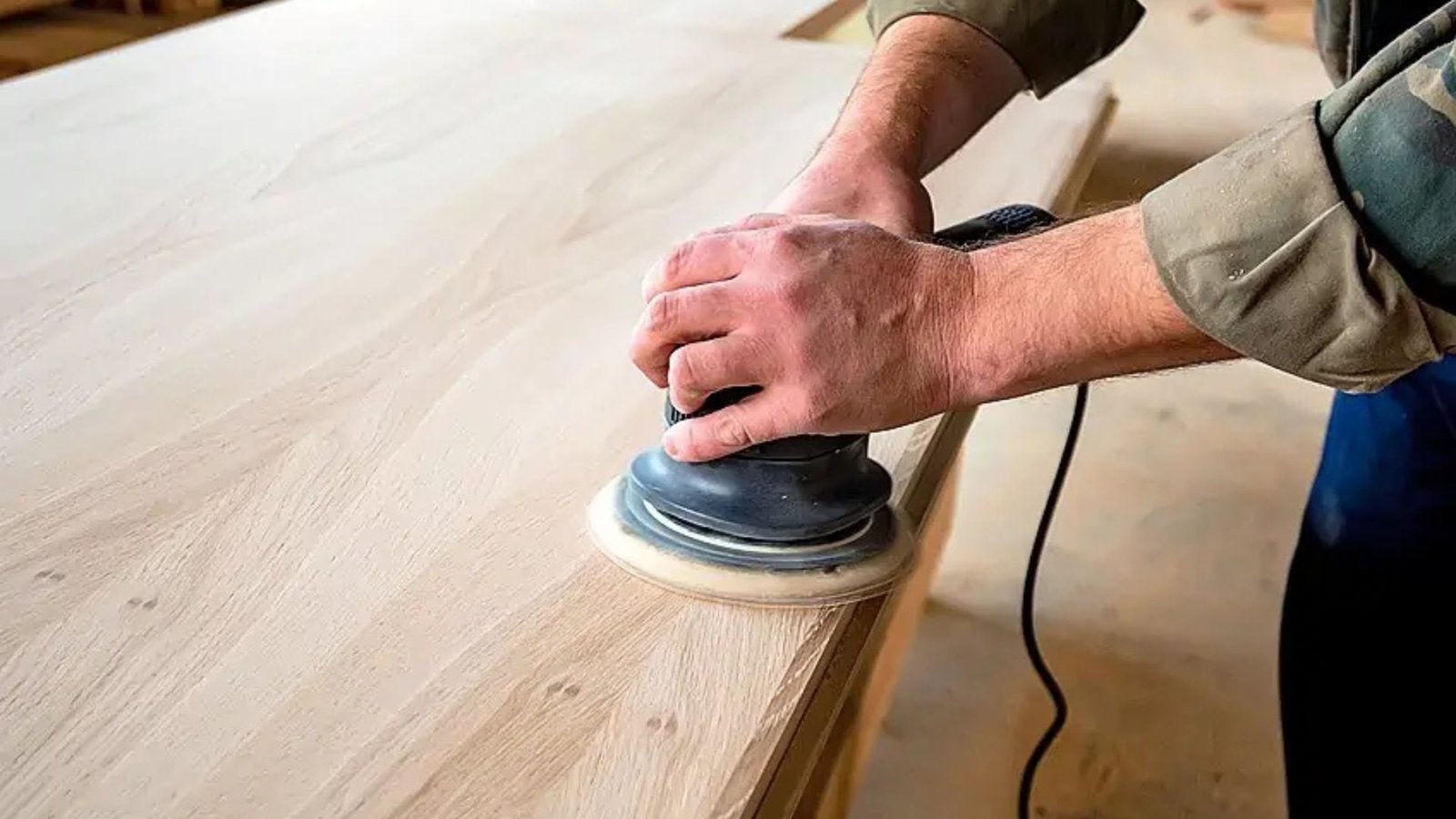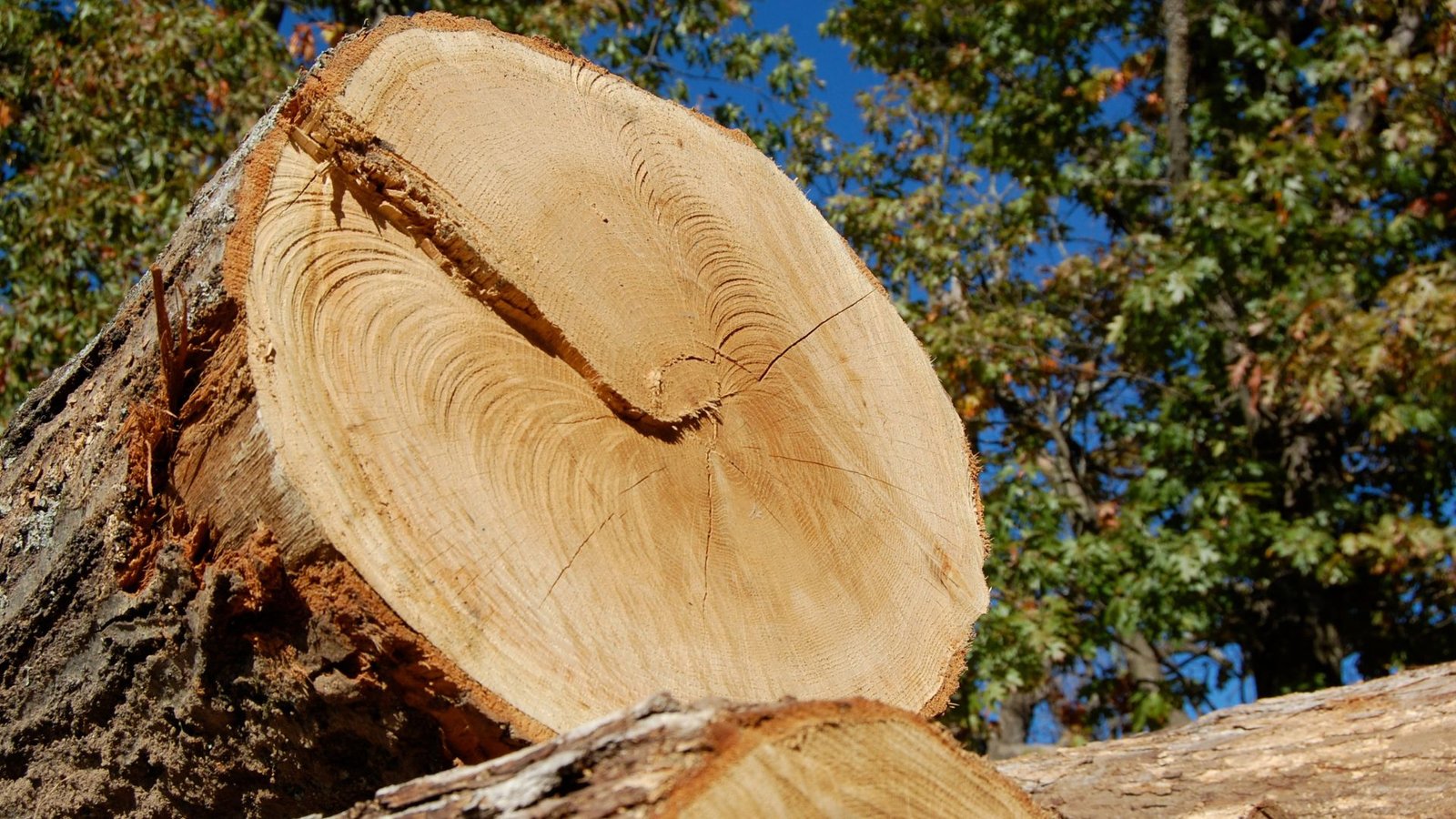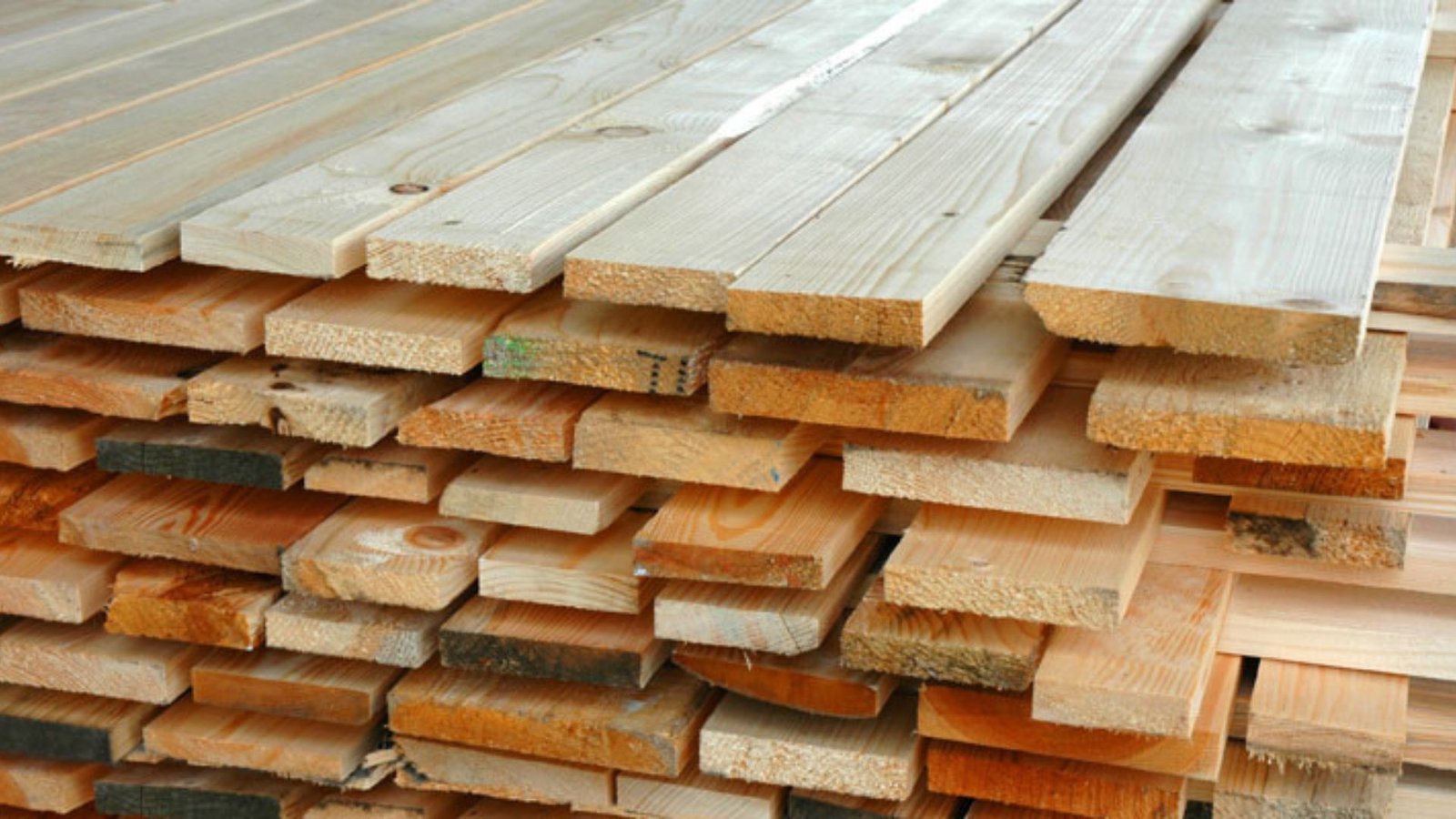Building a fence is a great way to add privacy, security, and style to your property. However, one of the most important decisions in the process is choosing the right lumber. The wrong type of wood can lead to premature wear, damage, and unnecessary maintenance costs. In this guide, we’ll walk you through how to select the right lumber for your fencing project, so you can build a durable, attractive, and long-lasting fence.
1. Consider the Climate and Weather Conditions
The climate in your area plays a significant role in how your fence will perform over time. Certain types of lumber are more resistant to the elements, making them better suited for different weather conditions.
For Wet Climates:
If you live in a region with heavy rain or high humidity, it’s essential to choose lumber that resists moisture and rot. Look for woods that naturally resist decay, such as:
- Cedar: Naturally resistant to moisture, rot, and insects, cedar is an excellent choice for wet climates.
- Redwood: Another durable option, redwood is resistant to decay and offers natural protection against insects and moisture.
- Pressure-treated Pine: While affordable, pressure-treated pine is chemically treated to resist rot and pests, making it a good option for wetter environments.
For Dry Climates:
If you live in a dry or hot climate, it’s important to choose lumber that won’t crack, warp, or dry out too quickly under intense heat and sun exposure. The following types are ideal for dry conditions:
- Redwood: Redwood’s natural resistance to drying and cracking makes it a great choice for dry climates.
- Ipe: This tropical hardwood is dense and resistant to extreme heat, making it perfect for hot, dry environments.
- Cedar: Although it’s also good for wet climates, cedar is well-suited for dry areas as it resists shrinking and warping in the heat.
2. Choose the Right Type of Wood
Different wood types offer varying degrees of durability, aesthetics, and maintenance requirements. The type of wood you choose will depend on your budget, the look you want for your fence, and how much maintenance you’re willing to do.
Popular Lumber Choices for Fencing:
- Pressure-Treated Pine: This is the most affordable option for fencing. Pressure-treated pine is treated with chemicals to resist rot and pests, making it an excellent option for long-lasting fences on a budget. However, it requires maintenance like staining or sealing to keep it looking good over time.
- Cedar: Known for its beautiful color and natural resistance to decay, cedar is a popular choice for fencing. It requires less maintenance than pressure-treated pine but can still fade and develop a silver-gray patina if left untreated.
- Redwood: Like cedar, redwood is highly resistant to decay and has a rich color that looks great in any setting. It’s more expensive than pine but offers a longer lifespan with less maintenance.
- Ipe: This dense, tropical hardwood is incredibly durable and resistant to weathering. It’s ideal for high-end fences but comes with a higher price tag. Ipe also requires occasional maintenance to keep its rich color intact.
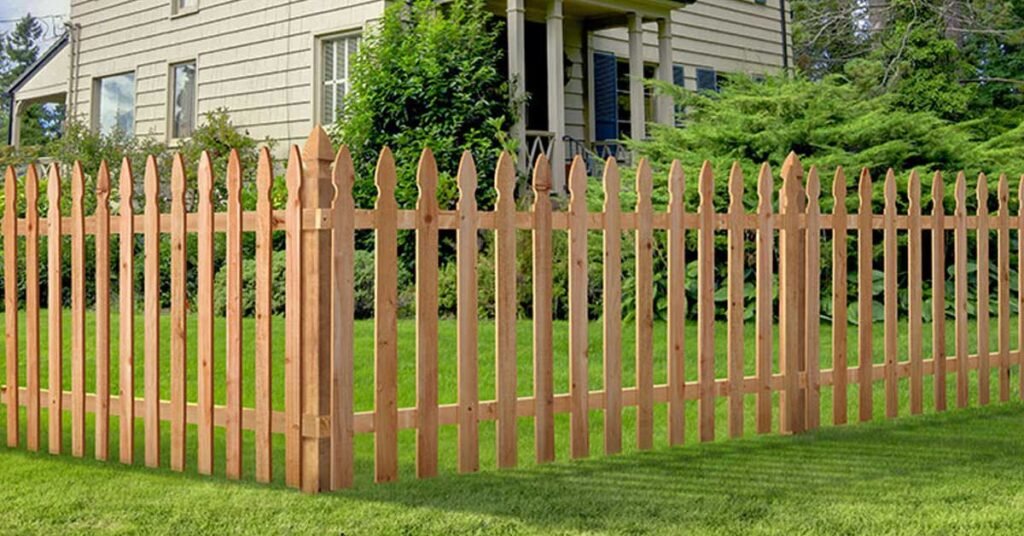
3. Think About Durability and Longevity
When selecting lumber for fencing, it’s important to consider how long the wood will last in your specific environment. While some types of wood may be cheaper upfront, they might require more maintenance or have a shorter lifespan.
Highly Durable Options:
- Ipe: Known for its strength and longevity, Ipe can last decades even with minimal maintenance. It’s resistant to rot, insects, and harsh weather conditions.
- Redwood: Redwood is also highly durable and can last a long time when properly maintained. It’s an excellent choice for fences that will withstand the test of time.
Less Durable Options:
- Pressure-treated Pine: Although pressure-treated pine lasts longer than untreated wood, it can still suffer from rot and insect damage over time if not maintained. Regular sealing and staining can help prolong its lifespan.
- Cedar: While cedar is naturally resistant to rot and pests, it may not last as long as Ipe or redwood without regular maintenance, like applying a sealant or stain.
4. Aesthetics and Design Considerations
A fence is not just functional; it also serves as an aesthetic element of your property. The type of lumber you choose will influence the overall look of your fence. Consider the appearance of the wood and how it will complement your home’s exterior.
Wood Aesthetics:
- Cedar and Redwood: Both cedar and redwood offer beautiful natural colors and grains. Cedar has a light, reddish hue, while redwood has a rich, deep red color. Both woods age to a silver-gray patina when left untreated, adding character and charm.
- Pressure-Treated Pine: Pressure-treated pine typically has a pale yellowish color, which can look bright and fresh when new. However, it can also develop a weathered, gray appearance over time, especially if not stained or sealed.
- Ipe: Ipe has a dark, rich color that looks elegant and sleek. It naturally resists fading and weathering, but it will eventually develop a silvery-gray hue if not sealed or stained.
5. Think About Maintenance Requirements
Some types of lumber require more maintenance than others to keep them looking good and functioning properly. Consider how much effort you’re willing to put into maintaining your fence.
Low Maintenance Options:
- Ipe: Ipe requires minimal maintenance, as it’s naturally resistant to rot and insects. However, to keep its dark color, it’s best to apply an oil finish annually.
- Cedar and Redwood: These woods require less maintenance than pressure-treated pine but should be sealed or stained every few years to maintain their beauty and protect against weathering.
Higher Maintenance Options:
- Pressure-Treated Pine: While pressure-treated pine is affordable, it requires regular staining or sealing to protect it from moisture and UV rays. Without this maintenance, it may warp, crack, or rot over time.
6. Check for Sustainability and Environmental Impact
When choosing lumber, it’s important to consider the environmental impact of your materials. Look for lumber that comes from sustainably managed forests to ensure you’re making an eco-friendly choice.
Sustainable Lumber Options:
- Cedar and Redwood: Both of these woods are often sourced from sustainable forests. Be sure to check for certification from organizations like the Forest Stewardship Council (FSC).
- Pressure-Treated Pine: Pine is generally an abundant, renewable resource, and pressure-treated pine can be sourced sustainably. Look for FSC-certified pressure-treated lumber for an environmentally friendly option.
Avoiding Unsustainable Options:
- Ipe: While Ipe is incredibly durable, it’s often sourced from tropical forests with less stringent environmental regulations. If sustainability is a priority, be sure to purchase Ipe that is FSC-certified.
7. Determine Your Budget
Your budget will significantly impact your choice of lumber for a fencing project. While some woods may be more expensive, they often provide greater longevity and require less maintenance over time. Consider both the upfront cost and the long-term costs of maintaining your fence.
Budget-Friendly Options:
- Pressure-Treated Pine: This is one of the most affordable options for fencing. Although it requires regular maintenance, it offers good value for the price.
Higher-End Options:
- Ipe and Redwood: These woods are more expensive, but they offer exceptional durability and aesthetic appeal. They are ideal for those who are willing to invest in a high-quality, low-maintenance fence that will last for many years.
Conclusion
Choosing the right lumber for your fencing project is essential for ensuring the fence is durable, attractive, and long-lasting. Consider your climate, budget, aesthetic preferences, and the amount of maintenance you’re willing to do. Pressure-treated pine is a cost-effective option, while cedar, redwood, and Ipe offer more durability and beauty but at a higher cost. With the right choice of lumber, your fence will provide privacy and protection for years to come.




